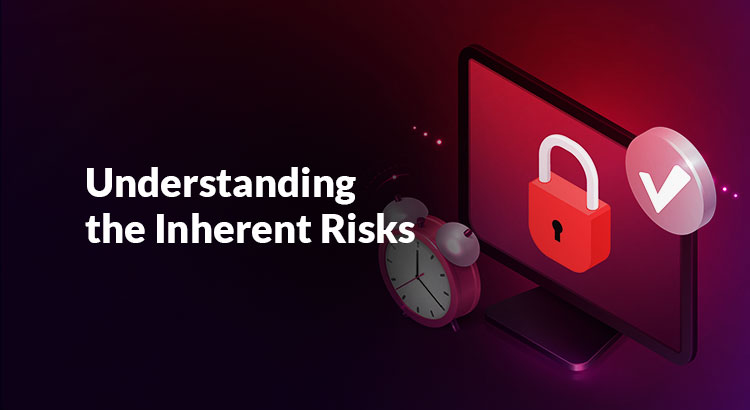An overview
An IT infrastructure of any typical mid-sized or large organization includes hundreds or thousands of end-users who require daily access to systems for conducting several IT administrative and different operational tasks. How do the IT administrators ensure that the right person is accessing the right target system at the right time and for the right purpose? Especially, in a vast privileged access environment, monitoring the existing and new privileged users becomes a real challenge.
The Just-in-Time (JIT) approach helps the IT administrators to mitigate the misuse of application by cutting down on unnecessary 24*7 access or ‘Always on’ access to the same. The JIT approach is a stepping-stone towards ensuring the risks of data breach are strongly mitigated whilst it helps to practise the principle of least privilege.
The Context
Almost 75% of global data breach incidents are associated with the compromise of privileged account/s. To understand why the privileged accounts have become easy targets, it is important to know today’s ever-growing IT landscape.
IT administrators don’t just have to manage and monitor a few privileged identities that access network devices, databases, legacy applications among other types of accounts. The risks stemming from privileged access misuse have multiplied given that SaaS applications have proliferated while there is fast adoption of other cloud services such as DevOps engineering, virtualization and micro-service-based software development. Managing privileged access in third-party environments (Managed Services) has also become a challenge both from security and compliance perspective.
Due to rapid increase in the number of privileged accounts and administrative accounts in the current IT context, the risk surface has increased significantly. All these services face inherent risks from privileged accounts abuse/misuse.
And finally, post pandemic, the IT culture has transformed in many ways. Among many changes, the hybrid-work culture is prominent. What that means is that any remote user can access critical applications from any part of the world. Risks increase if there are too many standing privileges.
The Inherent Risk
Organizations with a vast privileged environment for the sake of convenience end up offering too much unnecessary freedom to the privileged users through standing privileges that results in the risks of misuse of privileged rights. The culprits are majorly malicious actors, compromised insiders or suspicious/ unmonitored third parties who exploit the security vulnerabilities arising from standing privileges that eventually lead to data breaches. Hence, concept of the least privilege principle is jeopardized.
Adoption of Just-In-Time Privilege Tool – The Benefits
As per organizations’ daily use cases, ARCON | PAM’s Just-In-Time (JIT) Privilege tool lays the foundation of the principle of least privilege. It not just mitigates risks arising from standing privileges but also allows IT administrators to grant privilege rights only on a ‘need-to-know’ and ‘need-to-do’ basis. Moreover, these privileged rights are revoked automatically once the allotted tasks are over.
Through this process, the administrators can keep continuous track of the privileged rights easily since they grant access to the target system only when it is required. JIT privileges reduce and restrict excessive privileges to servers, databases, business-critical applications and thereby reduce data breach threat surface significantly.
ARCON | PAM’s JIT Privilege also helps organizations to build the foundation of the Zero Trust Security framework. As the privileges are granted only on-demand for a limited period, they automatically follow the practice of ‘never assume trust’, and the chances of compromising vulnerable IT assets and the privileged accounts reduce by default.
ARCON | PAM provides access to non-privileged accounts on a time-bound basis in the following ways:
- The Privileged Elevation and Delegation Management (PEDM) approach
- Use of ephemeral accounts
- Use of ephemeral tokens
The Conclusion
In an uncontrolled IT environment that includes too many standing privileges, it is never possible to ensure ‘trust’ of the end-users and ‘security’ of the IT assets. Once the JIT privilege tool is implemented, the enterprise IT risk control teams can ensure all the end-users as standard users and these users are granted privileged rights only when there is a demand. Moreover, the administrator can ensure secure access control as the JIT approach ensures that the right person is granted access to the right target system at the right time at the right (predefined) time.

